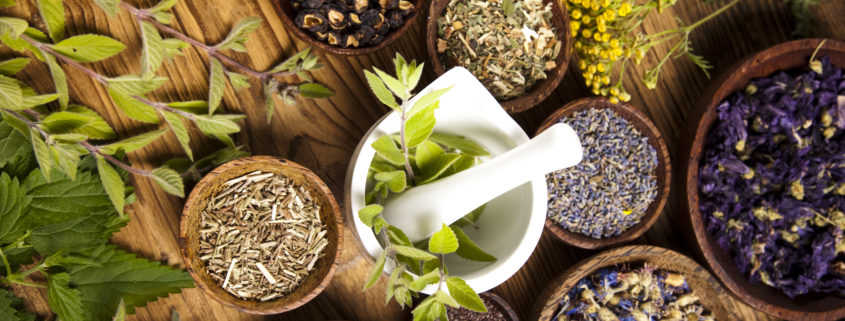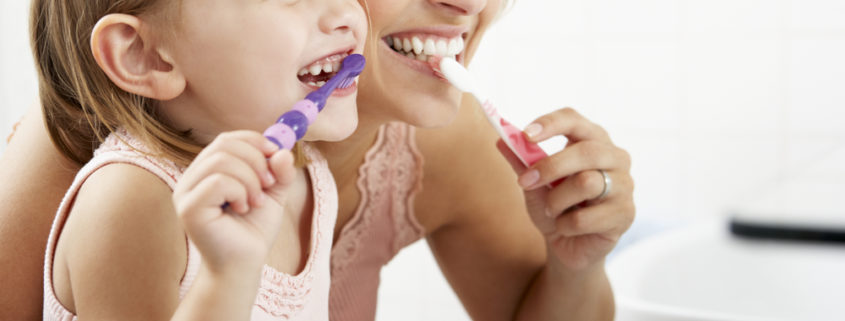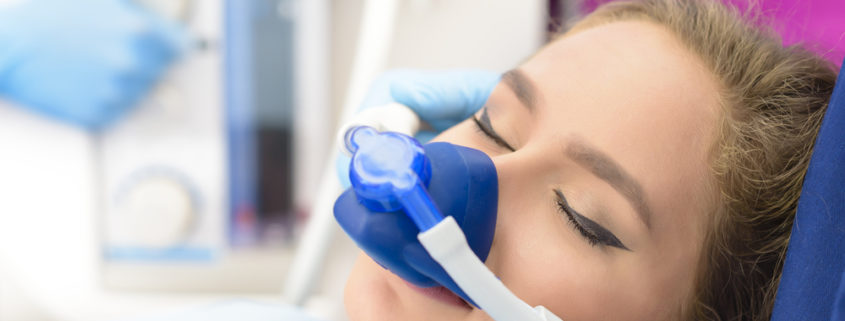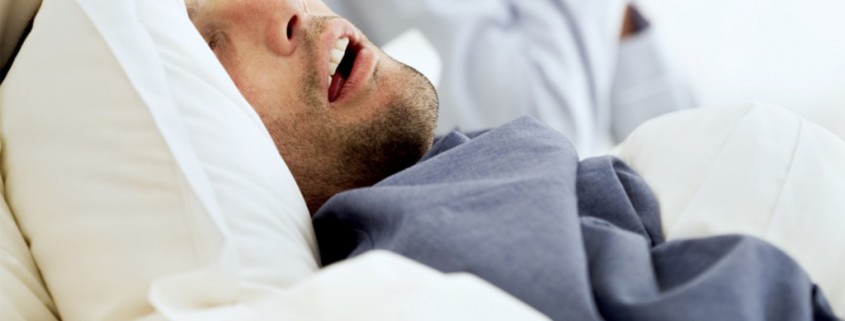Tongue Positioning: What It Is and How It Helps
You may have recently heard your dentist mention “tongue posture” or “tongue positioning,” wondering: “What on earth is that? Why have I never heard of it before?” Well, just like we practice good sitting and standing posture for the sake of our necks and backs, we can practice good tongue posture for the sake of our mouth. In fact, the position of your tongue impacts the nose, the eyes, the head, the neck and shoulders too! As many as 50% of people have incorrect tongue posture and a growing number of dentists and orthodontists have started addressing this problem head on. Learn more about the negative impacts of improper tongue positioning, how to position your tongue correctly, and more below.
Proper Tongue Positioning
So what is the right way to hold your tongue? Let’s start with the wrong way first.
For a lot of people, their tongue rests at the bottom of the mouth, pushing against the bottom teeth. Is this you? If so, you have improper tongue positioning. Don’t be alarmed–As we mentioned earlier, almost half of the population on earth is in the same boat.
Proper tongue positioning is where the tongue rests at the top of the mouth, sitting about 1/2 inch behind the front teeth. Your entire tongue (including the back) should be pressing against the roof of the mouth, your lips should be sealed and your teeth should rest slightly apart. You don’t want any pressure on your bottom or top front teeth. Even the slightest pressure over time will move them (this is how orthodontics works!). It is important that the entire tongue presses against the roof of the mouth–Over time this can expand the palate, preventing the crowding of your teeth and opening up your sinuses.
Signs and Symptoms of Improper Tongue Positioning
The tongue is a powerful muscle, impacting many parts of the body beyond the mouth. As we mentioned earlier, tongue positioning can even affect the sinuses. Here are some signs and symptoms that could indicate improper tongue positioning:
- Improper Swallowing – When swallowing, your tongue should move up and back like a wave moving the food toward the back of your throat, not forward and down (this is called tongue thrusting). Tongue thrusting negatively affects the shape of your teeth and jaw.
- Snoring and Sleep Apnea – Again, your palate is connected to the sinuses. If by improper tongue positioning your palate has narrowed, your sinuses may narrow, creating complications for your breathing.
- Vision Problems – The palate is connected to your eye sockets as well as your sinuses, impacting how your eyes rest in your head. If the palate misshapen is due to improper tongue positioning, your eyes will not be positioned properly.
- Temporomandibular Joint Dysfunction (better known as TMJ) – If you have had orthodontic work, chances are you have TMJ, especially if your orthodontist does not take a holistic approach to your teeth. TMJ is where the jaw is slightly out of alignment, causing inflammation and pain at the hinge. Orthodontic work should consider tongue positioning and how their work on the teeth affects the jaw along with the rest of the body.
- Crowded Teeth
- Gap in the Front Teeth
- Dysfunctional Bite – Overbite, underbite or crossbite.
- Teeth Grinding
- Tooth Decay
- Recessed Chin
- Longer, Flatter Face Shape
- Forward Thrust of the Head – Where the head is thrust forward and chin is lifted. Our heads are meant to sit back with our chins tucked under. Anything else and we begin to experience neck pain.
- Neck and Shoulder Tension and Pain
- Headaches
Benefits of Proper Tongue Positioning
What are the benefits of holding your tongue the right way? Avoiding all of the uncomfortable symptoms of improper tongue posture! We’ve broken these benefits down into four categories:
- Look Better – That’s right! Proper tongue positioning leads to a more attractive face with higher cheekbones and a stronger jawline because the muscles in your mouth are where they are supposed to be. People who hold their tongue correctly are also less likely to have crowded, crooked teeth.
- Feel Better – When your tongue is in the right place, you can have a healthy bite, no jaw pain, neck pain or headaches.
- Breath Better
- Sleep Better
Tongue Positioning Exercises
Take advantage of the benefits of proper tongue positioning with these exercises!
The first exercise helps you get an idea of the shape of your mouth as well as where your tongue should be. Start by feeling the back of your teeth with the tip of your tongue. Now slide the tip back to the flat area just behind your teeth, then to the bumpy, ridged area behind that. You will notice that the roof of your mouth slopes off behind the ridged area into the cavity of your palate. It is just before the slope that your tongue should rest–in the most defined “ridge.” This is called “the spot.”
The second exercise helps you find where the back of your tongue should rest. Start by making a big, cheezy grin and raising your eyebrows. Now, try to swallow while keeping your teeth clenched. This may be difficult, but if you can do it successfully, you will feel the back of your tongue pressing against the roof of your mouth–This is where you want it to be.
To see results from both of these exercises, practice them several times throughout the day. If you do so, you should start to notice your muscle memory kicking-in and your tongue rising to the correct position naturally!
Now that you know what tongue positioning is and how to use it to improve significant parts of your overall health and well-being, what are you going to do about it? We hope that you use these exercises and get started on your way looking, feeling, breathing and sleeping better. If you are experiencing some of the signs and symptoms we mention above and would like to speak with a local dentist about tongue positioning, please contact Dr. Owen Mandanas. Dr. Mandanas will take a holistic approach to your healthcare, considering the whole body and how each part interacts with the others for your well-being.









